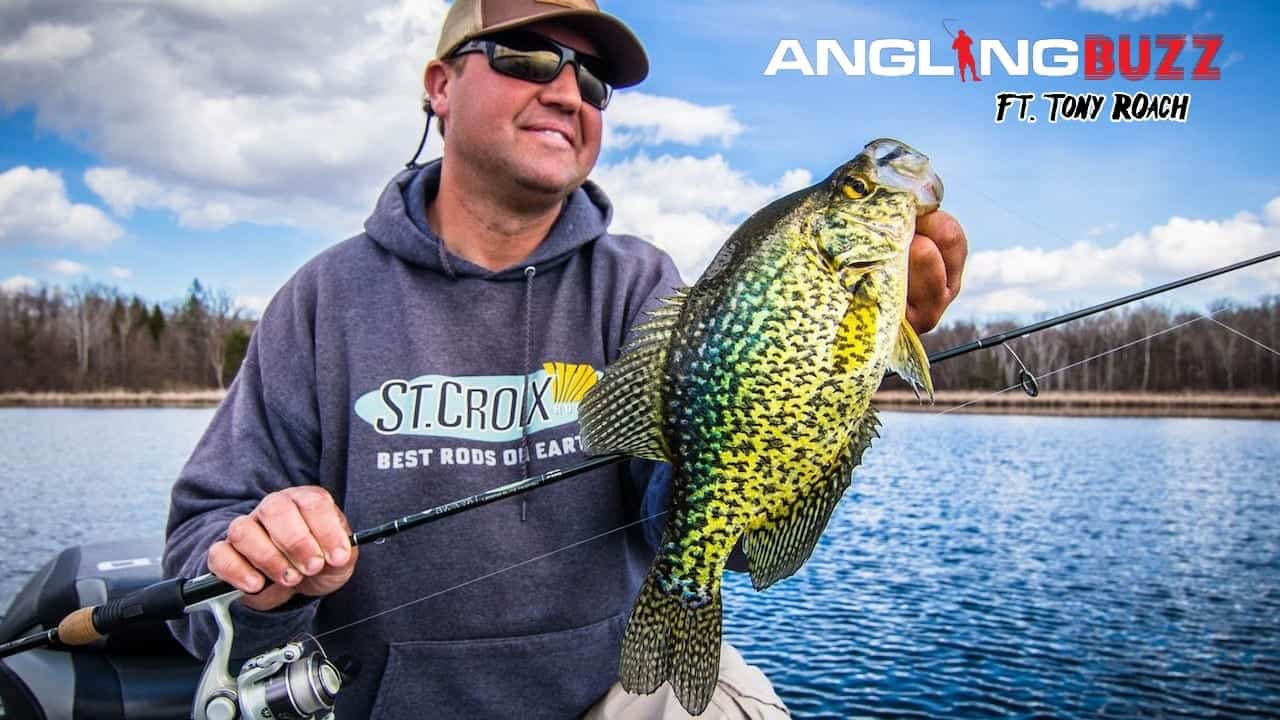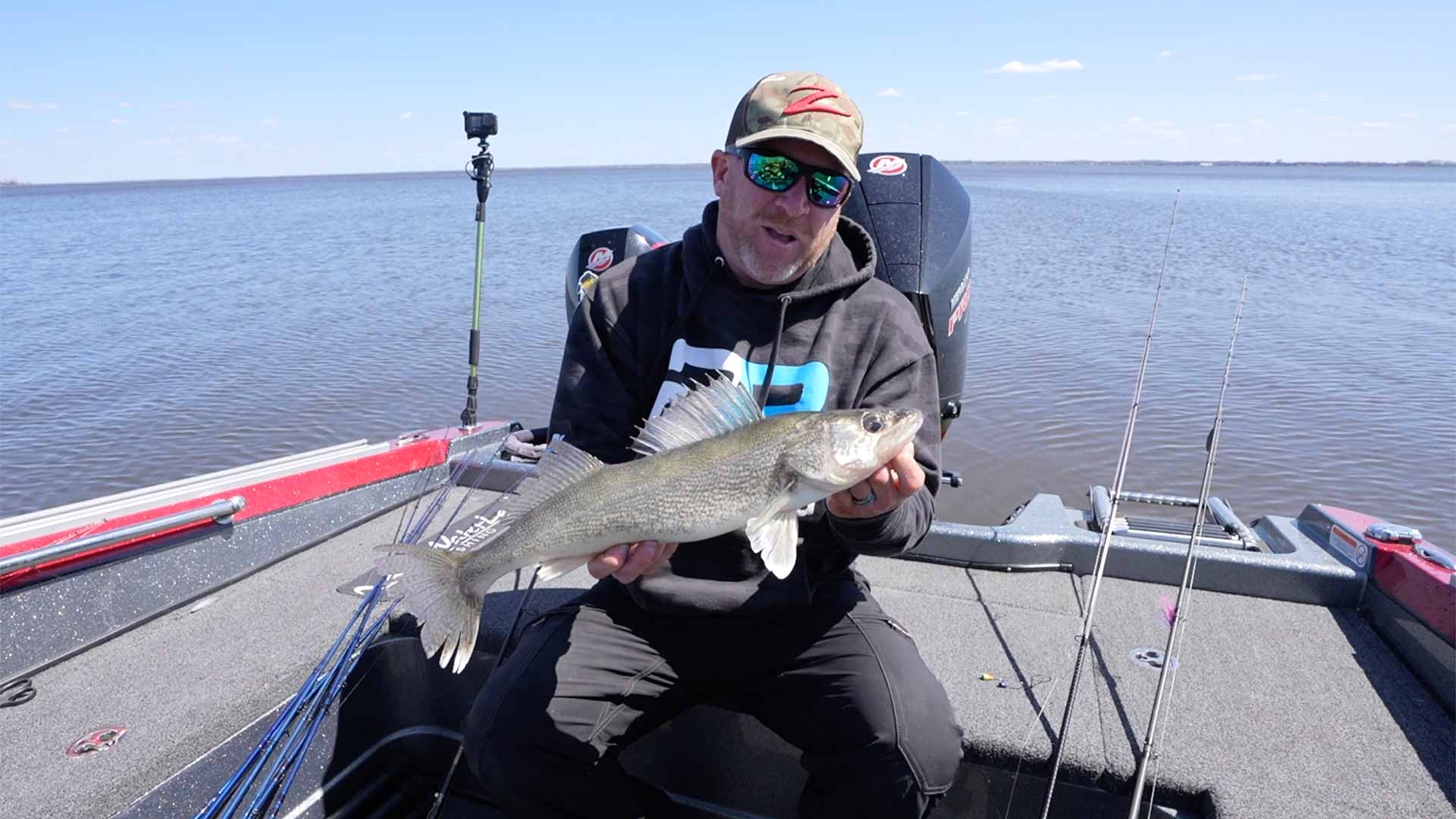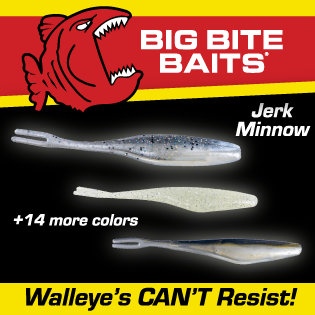On this episode of AnglingBuzz TV, we’re talking all about fishing made easy.
Fishing can be very high-tech, but on the other end of the spectrum, it can actually be very simple. Today we’re going to show you some presentations and tactics to put fish in the boat….easily!
The great thing about angling is you can make it as simple or as complex as you want it to be. You’ve got tournament fishing at the local level, all the way to the top – it’s very competitive and you better be wired in on the fish. On the other hand, if you just want to go out and catch fish, there’s ways you can easily accomplish that, whether it’s from shore, a boat or a kayak.
What’s our favorite fish to catch? It’s simple, whatever’s biting right now!
To help cover the topic of fishing made easy, we brought in well-known Minnesota walleye guide Tony Roach.
Troy Lindner: Hey Tony. You do a lot of guiding. You’ve worked with novice anglers and you’ve worked with very experienced anglers. What can you recommend to just simply catch fish?
Tony Roach: There’s three simple, go-to tactics that I use. I get a lot of customers that just want to catch fish and don’t really care how they do it. Three easy techniques that you can do right now to put lots of different fish in the boat. Number one is finesse jig worming. You can use a cut-off Senko. You can use a Ned rig. I’m a fan of the Limber Leech from Northland with it’s articulating tail. The reason this bait works so well in a lot of different situations is you just don’t get hung up on the bottom. The mushroom head design floats in the rocks pretty easily. You can work it through weeds pretty easily. You can jig it, pop it or drag it across the bottom – there’s no wrong way to fish these jig worms. You can catch a lot of different species with this technique: panfish, bass, pike, walleye, etc.
Troy Lindner: I’m definitely sold on finesse jig worming and Ned rigs. One of the key things with these baits is not to over-work them – it’s that easy. What’s another option you have?
Tony Roach: My second go-to presentation would have to be a paddle tail or a swimbait. From ice-out to ice-up, you can fish this thing anywhere. Pitching it out, letting it hit the bottom, dragging it a cross the bottom. You can cast and steady retrieve, swimming it through vegetation. Another thing I like doing is pitching it out and then ripping it, letting it hit the bottom, ripping it, letting it hit the bottom, it’s a reactionary strike. This is a great multi-species tool for anything out there. I love power-fishing and swimbaits allow me to power-fish all season long.
Troy Lindner: I’m a big believe in swimbaits. I’ve fished them all over North America in Ontario, New York, California and even down in Mexico. Fish cannot resist that kicking action. What’s your third tactic?
Tony Roach: Dropshot fishing. The types of baits I use on my dropshot and how I setup my dropshot really depends on the species I’m targeting. With smallmouth bass, I might use a really short dropper, keeping it closer to the bottom. I definitely prefer a cylinder shaped weight so you’re not getting hung up in the rocks. Wacky rigged senkos, Dipstick worm, finesse-style worm and even Impulse Leeches work fantastic on a dropshot. However, if I’m fishing for largemouth bass, particularly in heavy vegetation, I’ll extend my dropper to two or three feet in length to keep the bait off the bottom. I’ll put a heavier weight on if I’m fishing in deeper water. You can also fish livebait on a dropshot. If you’re fishing walleye or panfish, dropping that bait just below the transducer, having a live tail-hooked or nose-hooked minnow and walking it along the bottom for walleye and panfish is really common. They key element is boat control, keeping that dropshot straight up-and-down right below the transducer. You might want to add a heavier weight when you’re fishing in the wind to help stay vertical. Dropshots can be absolutely deadly.










